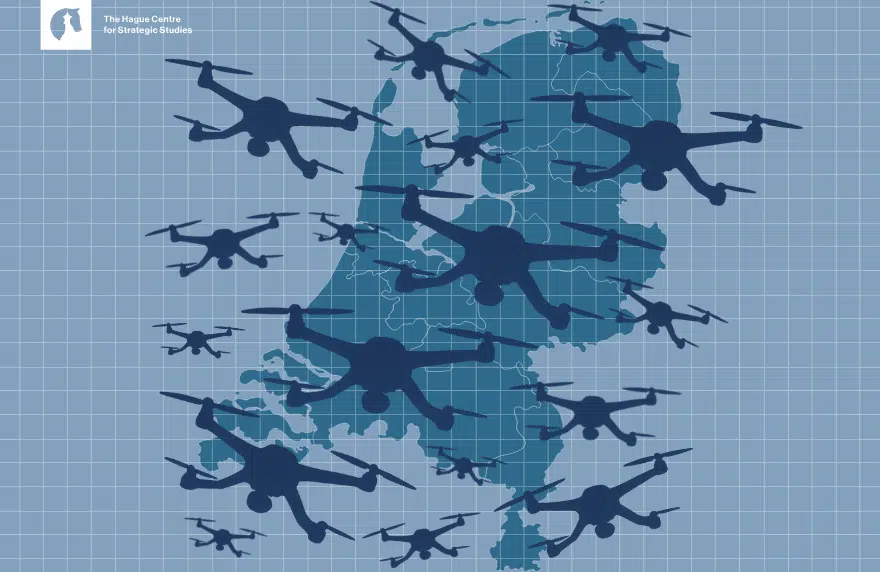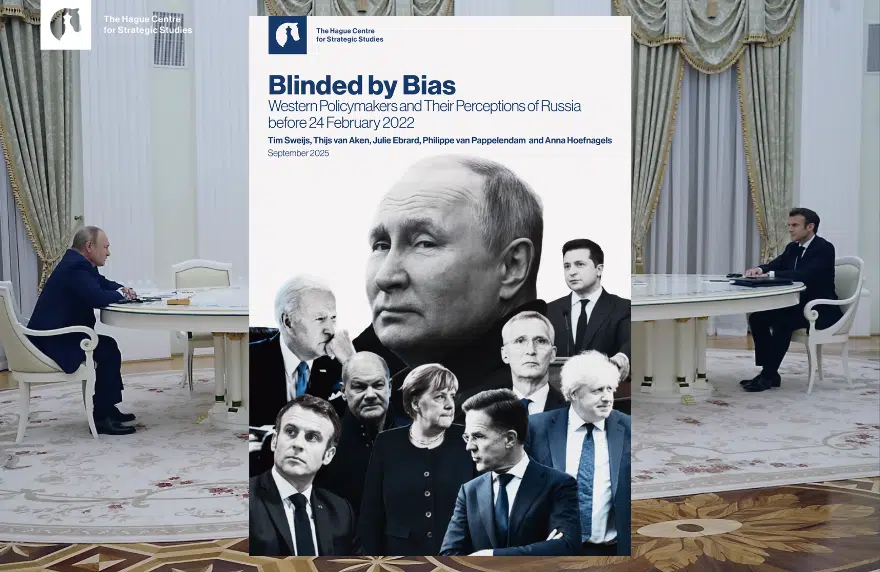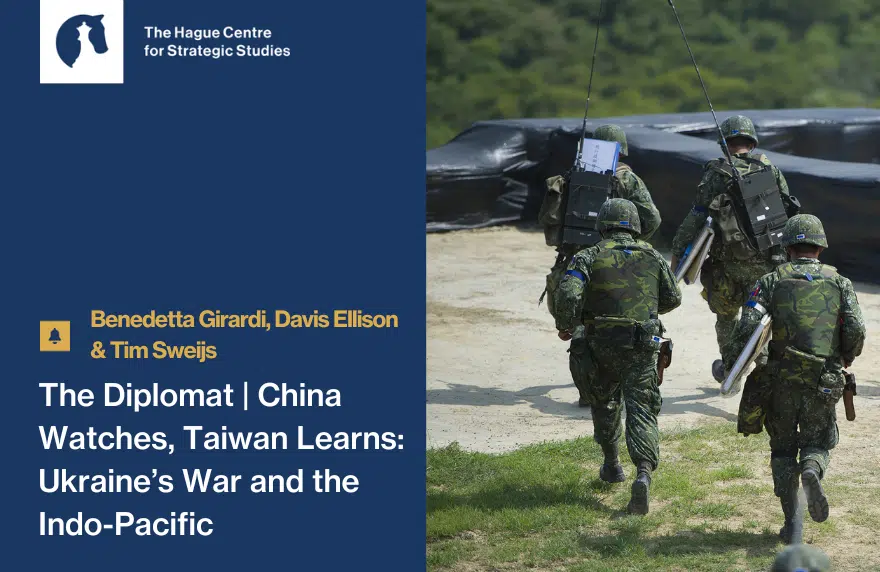How will Europe fight its next land war? High-intensity land war in Europe with Russia will not look like past conflicts: it will be dominated by vast numbers of attritable unmanned aerial vehicles (UAVs) that reshape where and how combat is fought, warns Friso Stevens in a new HCSS policy brief.
Drawing on lessons from Ukraine, the brief shows that improved sensors, pervasive ISR and low-cost hunter-killer UAVs are already responsible for most system losses and casualties on the battlefield. A continuous belt of overlapping “kill chains” out to 10–15 kilometres will make that littoral airspace extremely lethal for humans — with or without armour.
Against this backdrop, and as NATO members move toward ~3.5% GDP defence spending, Stevens argues the Royal Netherlands Army must develop a dedicated UAV loitering and strike capacity.
The brief sets out three acquisition paths calibrated by function, range, complexity and cost:
- Option 1: tactical, cheap FPV hunter-killer systems paired with artillery and distributed small units;
- Option 2: longer-range, deep-strike loitering munitions for strategic interdiction;
- Option 3: AI-augmented, scalable loitering systems that reduce operator workload and are resilient to electronic warfare.
Stevens recommends prioritising Option 3 while investing heavily in a resilient Dutch UAV industrial base that can iterate rapidly, scale production in crisis, and sustain a continuous innovation cycle. Proposals include a government-backed production model, a “Center for the Future of War Transformations” linking industry and armed forces, and co-located engineering and operator teams in Brainport Eindhoven to accelerate battlefield-driven innovation.
“The strategic balance is shifting from a premium on a few complex platforms to mass, adaptability and industrial agility,” says Stevens. “Investing in an industrialised, learn-fast domestic UAV capability is as much about deterrence as it is about battlefield effect.”
The brief situates these recommendations within broader Alliance realities — including potential limits to US support — and offers concrete steps for the Netherlands to field a credible, cost-effective force multiplier for positional defence on NATO’s eastern flank.
***
Friso M.S. Stevens (PhD Leiden) is a Fulbright NATO Security Studies Scholar at the School of Advanced International Studies, Johns Hopkins University, and a Nonresident Senior Fellow at The Hague Centre for Strategic Studies (HCSS).
Edited by HCSS director of research Tim Sweijs.
The research for and production of this report has been conducted within the PROGRESS research framework agreement. Responsibility for the contents and for the opinions expressed, rests solely with the authors and does








